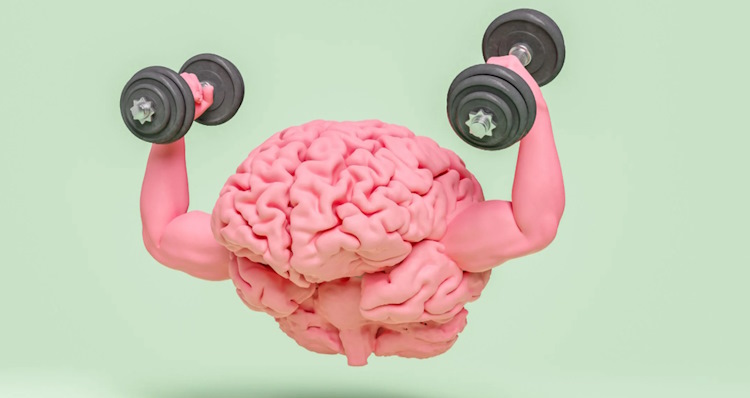Why you should be carb cycling and how to implement it
Carb cycling is a dieting technique that has gained significant popularity among bodybuilders and athletes due to its ability to optimize muscle growth, fat loss, and overall physical performance. By strategically manipulating carbohydrate intake, individuals can reap the benefits of this nutritional approach to achieve their fitness goals more effectively. In this article, we will look into the basic concept of carb cycling, its benefits, and how it can be implemented to maximize results in bodybuilding and performance-oriented scenarios.
Carb cycling involves alternating between periods of high, sometimes medium and low carbohydrate intake. The purpose of this method is to manipulate the body’s insulin response, optimize nutrient partitioning, and enhance performance during high-intensity workouts. By strategically timing carbohydrate consumption, individuals can effectively fuel their workouts, promote muscle growth, and facilitate fat loss.
Benefits of carb cycling
- Muscle growth and recovery: high carbohydrate intake during specific periods of time (circa workouts) will replenish muscle glycogen stores, providing the necessary energy for more intense and fruitful workouts. This enables athletes to train harder and longer, leading to reduced catabolism (due to carb’s protein-sparing properties), increased muscle protein synthesis and ultimately promoting muscle growth and recovery in the long run;
- Fat loss: by incorporating periods of low carbohydrate intake, carb cycling induces a more efficient insulin/glucagon balance, promoting fat loss. When carbohydrates are restricted, the body taps into stored body fat as an alternative energy source, leading to a reduction in overall body fat percentage. Moreover, lower carbohydrate intake can help stabilize blood sugar levels and prevent insulin spikes, minimizing fat storage;
- Metabolic flexibility: constantly providing the body with high carbohydrate intake can lead to metabolic inflexibility, where the body becomes reliant on carbohydrates as its primary fuel source. Carb cycling allows the body to adapt and utilize both carbohydrates and stored fat for energy during specific periods of time, improving metabolic flexibility and overall energy efficiency.
Implementing carb cycling for bodybuilding and fitness goals
- Determine individual needs: as always, starting by assessing your body composition, activity level, and specific goals to determine the appropriate macronutrient ratios for each phase of carb cycling. There are tools and calculators available online for this purpose, but consulting a registered dietitian or nutritionist can be helpful in tailoring a plan that suits your unique requirements;
- High carb days: these days are typically scheduled on heavy training days, such as lacking muscle groups, or days with intense physical activity. Carbohydrate intake should be increased, primarily from complex sources such as whole grains, fruits, and vegetables. This supports glycogen replenishment and maximizes workout performance.
- Low carb days: these are typically scheduled on rest days or light training days. Carbohydrate intake is reduced, and the focus shifts towards consuming protein-rich foods, healthy fats, and fibrous vegetables. This promotes fat burning and helps maintain muscle mass.
- Medium carb days: these days fall between high and low carb days and can be scheduled during moderate training days. Carbohydrate intake should be moderate, emphasizing nutrient-dense sources such as sweet potatoes, quinoa, and other vegetables.
- Track progress and adjust: monitor your progress closely and make adjustments to your carb cycling plan as you go. Different phases, e.g., bulking and cutting, will benefit from different high to low carb day ratios and should be taken into account. Fine-tuning the timing and duration of each phase can optimize results and respond to individual responses.
All in all, carb cycling offers an effective approach to maximize bodybuilding and performance goals by manipulating carbohydrate intake strategically. By alternating between periods of high, low, and medium carbohydrate consumption, athletes can optimize muscle growth, enhance fat loss, and improve overall performance. However, it is important to remember that carb cycling is just one aspect of an effective fitness program. Combining it with regular exercise, adequate protein intake, and sufficient rest is crucial for achieving desired results. As always, you may want to consult with a healthcare professional or registered dietitian before making any drastic changes to your diet and exercise routine.









